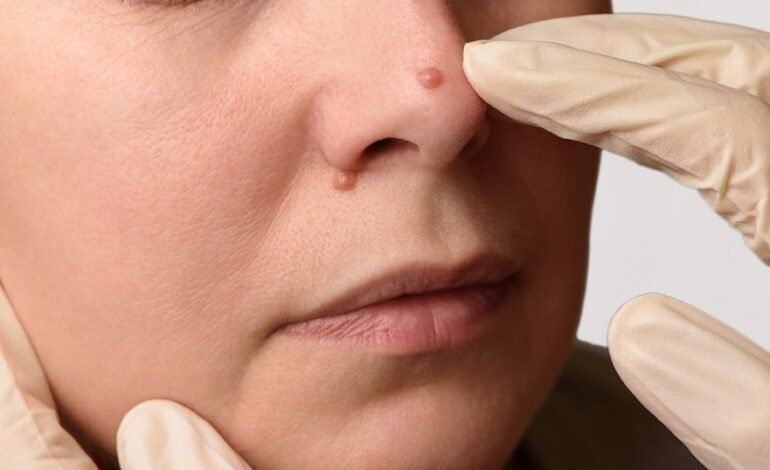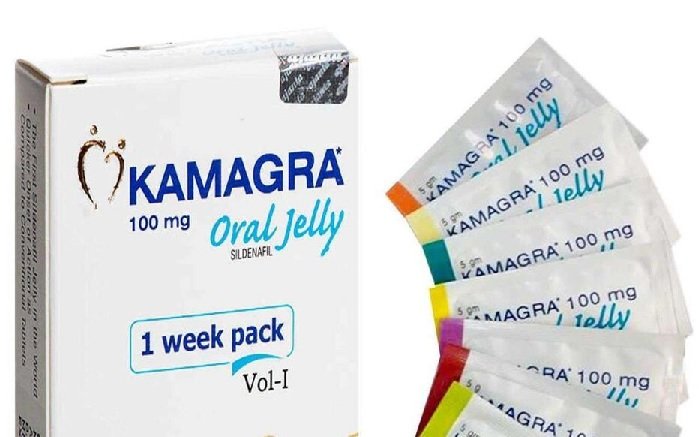A Guide to Mole Removal: From Face to Body

Do you want to get rid of moles on your face or body? You have landed at the right deck!
A mole is a small, brown or black spot — It can appear anywhere on the skin. Generally, it’s harmless, but removing it is necessary for certain occasions. Some people have a mole in a place where it bothers them, most commonly on the face, or changing in ways that could mean that it’s not healthy. There are several ways in which moles are removed.
In this guide, we will discuss why and when to consider mole removal, how it’s done, and what to expect afterwards.
What Are Moles & Why Remove Them?
Moles are accumulations of coloured cells; they are small clusters of cells with pigment, which can be brown or black. Moles can be flat or raised and appear anywhere on the body—face, neck, armpits or back. Some people have moles from birth, while others develop them over their lifetime. The majority of moles are harmless, although some do become malignant.
To check the mole, you may follow the ABCDE sign rule.
If a mole changes any of these ways, it might need attention:
- Asymmetry: One side is different from the other.
- Border: It has an ill-defined or irregular border.
- Colour: It becomes multi-coloured or shows two or more colours.
- Diameter: It gets bigger than a pencil eraser.
- Evolving: Any change in size, shape, or even feel.
Doctors advise inspecting moles that exhibit some of these signs and visiting a dermatologist if a mole appears suspicious. Many people also remove moles purely for cosmetic purposes; most people remove those located on the face or some other areas of the body.
Safe & Professional Mole Removal Methods
There are various techniques for removing moles. The preferred method differs with the type, location, and status of a mole concerning your health.
1. Shaving
Shave excision is a fast and painless removal of raised moles. In this procedure, the doctor will numb the skin surrounding the mole and shave off the mole using an extremely short blade on the skin level. It doesn’t require stitches, which easily enables recovery; however, there might be a minor mark on the skin from the excision. Such an excision is widely used for cosmetic reasons because it results in very minimal scarring. However, in the case of deep moles, the above method might not remove all of it and therefore, can grow again  .
2. Excision
The excision method is preferred for larger moles. With the help of a minute instrument, the doctor punches out the mole together with a small portion of the tissue surrounding it. This method is much more efficient in removing the mole but may also result in minor scarring and is usually sutured. The technique would be better for moles that may demand closer inspection in the microscope since the mole can be totally removed and tested.
3. Cryotherapy
Cryotherapy, as the name defines, it involves freezing the mole with liquid nitrogen. The extreme cold kills cells in the mole, causing it to fall off a few days later. Cryotherapy is fast and doesn’t cut, so it is very simple. However, it can cause blistering at the site where the mole was in some cases or a colour change, and it doesn’t work as well on larger or deeper moles  .
4. Laser Removal
Laser removal is more suitable for smaller or flat moles. It works by delivering focused light, which breaks down the pigment in the mole. Depending on the size and darkness of the mole, laser treatments may consist of several treatments. This method does not have cuts or stitches, so there is less chance of scarring. Rather, it is mainly applied to small moles or just for aesthetic purposes.
5. Surgical Excision
Surgical excision is a more aggressive removal procedure performed on larger or potentially harmful moles. The doctor removes the entire mole and some of the surrounding skin, then closes that area with stitches. This is a scarring procedure, but it’s often best for moles that could be cancerous. This will enable the lab to study the mole and the tissue.
Specific Care for Moles on the Face
How to remove moles from face? Most moles on the face require special care so that there will be no scarring and look natural. In dealing with facial moles, it is crucial to choose a good dermatologist for consultation. They may use less invasive methods such as shave excision or laser treatment where the scarring will be small and the skin looks even and smooth. Taking time to find a trusted doctor can make a big difference, especially if one has a skin problem in areas like the face.
What to Expect After Mole Removal
After the procedure, your doctor will give you some guidelines for caring for your skin. This may include maintaining cleanliness, avoiding excessive sun exposure, and administering sometimes prescribed creams or ointments.
All treatments vary in their healing time, but it is normally so that most injuries heal within a couple of weeks. Where stitches have been used, stitches will have to be removed after one to two weeks.
Complications of Removal of Moles
Most mole removal procedures are safe; however, there is always a slight risk of infection, possible scarring, and the potential for the mole to come back. Another thing is attempting to remove moles at home, which is hazardous because improper techniques can lead to scarring and infection. It is not possible to tell if the mole was malignant.
Bottomline On Mole Removal
If you are interested in mole removal, speak to a dermatologist or consult for mole removal Leeds. They will help you understand what method would be best for you. They could guide you on the most appropriate removal mode, ensuring it is done safely. Whether cosmetic or for potential health reasons, professional mole removal is generally rapid, effective, and safe. Check any moles that change or grow, and always head towards an expert for professional advice.
With the right care and professional help, you can make good decisions about mole removal and maintain your healthy skin.












